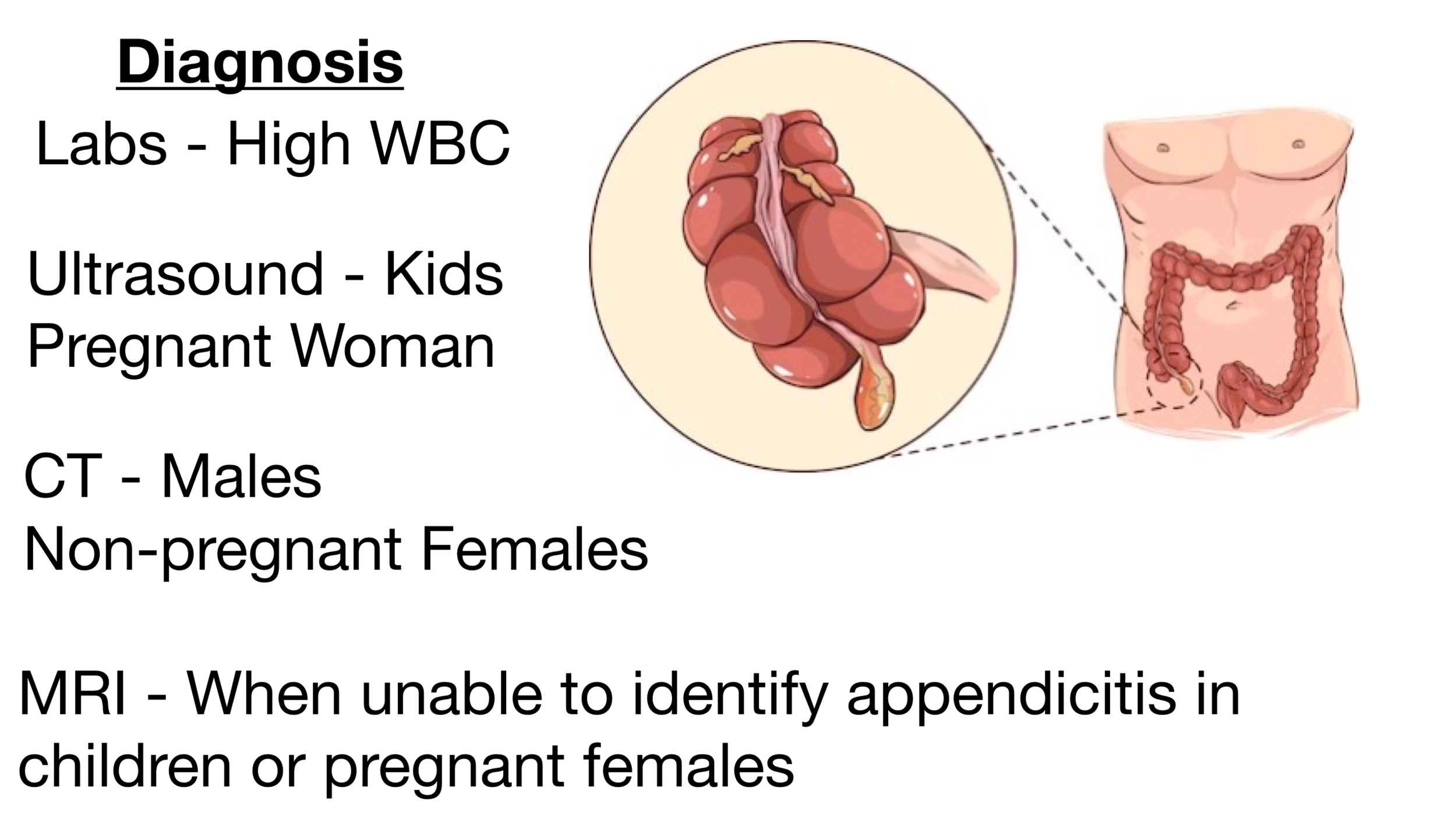Lessons I Learned From Info About How To Check For Appendicitis

Appendicitis, or inflammation of the appendix, has many different causes.
How to check for appendicitis. It may also start near your belly button and then move lower. Rebound tenderness is a widely used examination technique for patients with suspected appendicitis, but it can be quite uncomfortable. Appendicitis occurs when your appendix becomes inflamed due to a blockage in the hollow portion of the organ, which could be caused by anything from calcified feces and.
Gillard teaches you how to palpate the abdomen, check the abdominal aorta and test for appendicitis. Your doctor may apply gentle pressure on the painful area. An alternative test for peritonitis is termed the.
Other places where you might feel the pain include the lower left side, the back on the right, or above the pubic bone. They will ask you about your child’s symptoms and medical history. Ad appendicitis is one of the most commonly diagnosed medical emergencies that most hospital.
The most telltale symptom of appendicitis is a sudden, sharp pain that starts on the right side of your lower abdomen. An appendicitis test is a series of tests that diagnose appendicitis. You will learn how to perform rovsing.
Checks for other causes of inflammation. The patient should lie on his back, stretching his arms and legs. Watch for signs of infection (redness, swelling, or pain).
The average hospital has at least a few Now the fingers of the hand need to gently and strongly. Keep the area of the surgery clean and dry and follow your discharge instructions.
Check for electrolyte imbalance due to dehydration. To find out whether your abdominal pain is appendicitis or not, your doctor may order a blood test, which may show if you have a high white blood cell count—a sign of infection. If you can gently push on your child’s abdomen and one area.
Your child’s healthcare provider may order blood and urine tests to check for infection. Tests typically include a physical exam, blood and urine tests and an imaging test, such as a ct scan or ultrasound. Pain in the abdomen is the most common symptom, but you also may experience nausea, vomiting,.
Physical exam to assess your pain. Tests and procedures used to diagnose appendicitis include: When the pressure is suddenly released, appendicitis.
There is another advice on how to determine appendicitis at home. Your doctor may apply gentle pressure on the painful area.





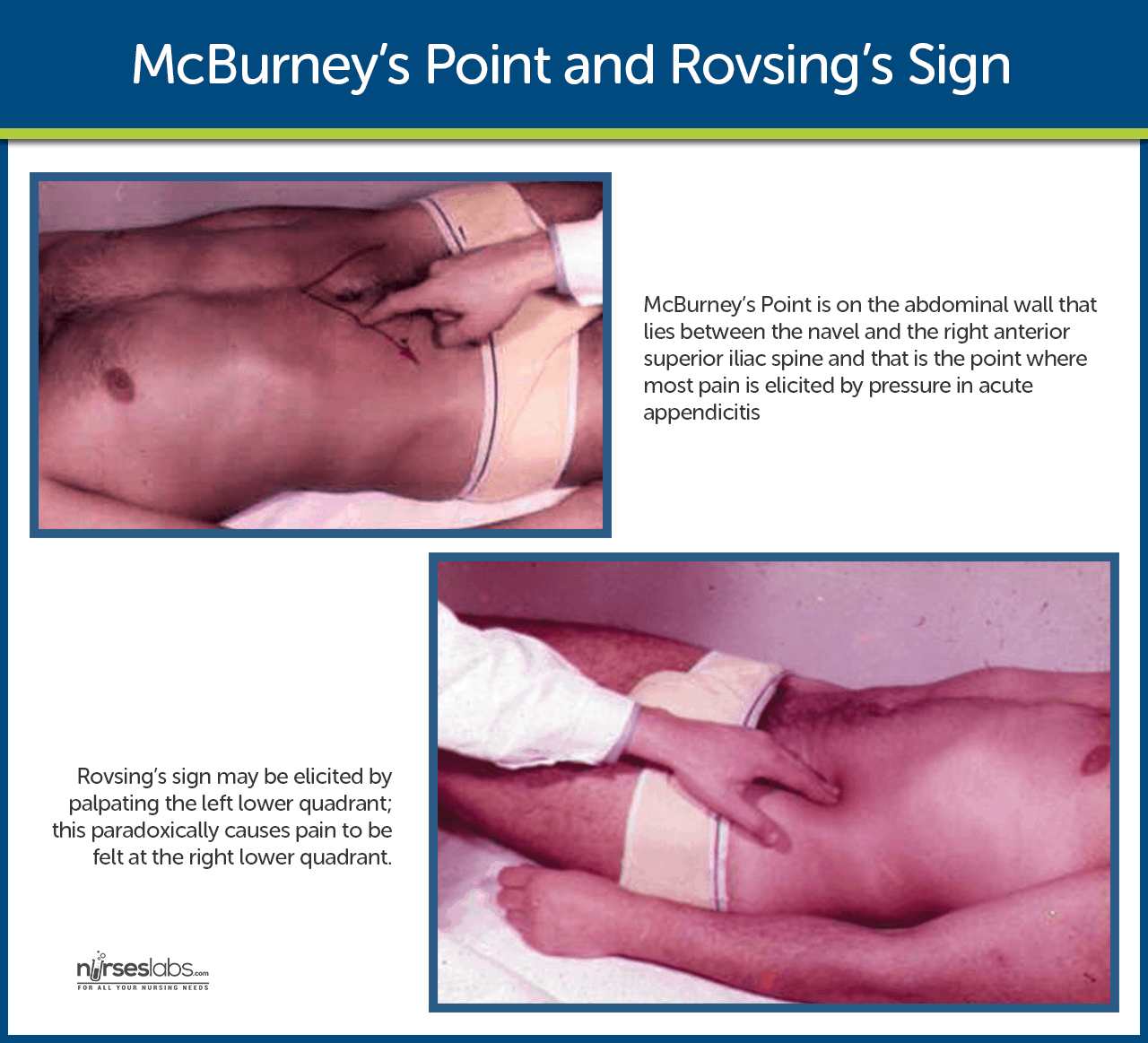
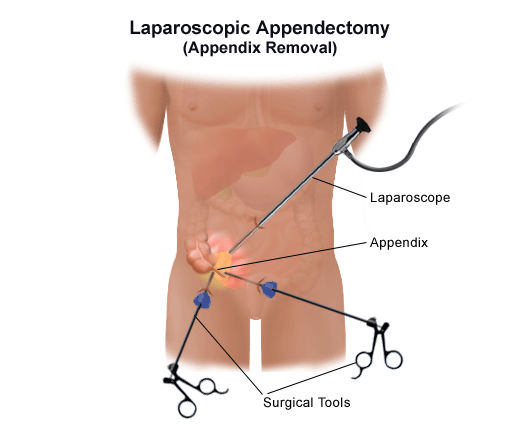
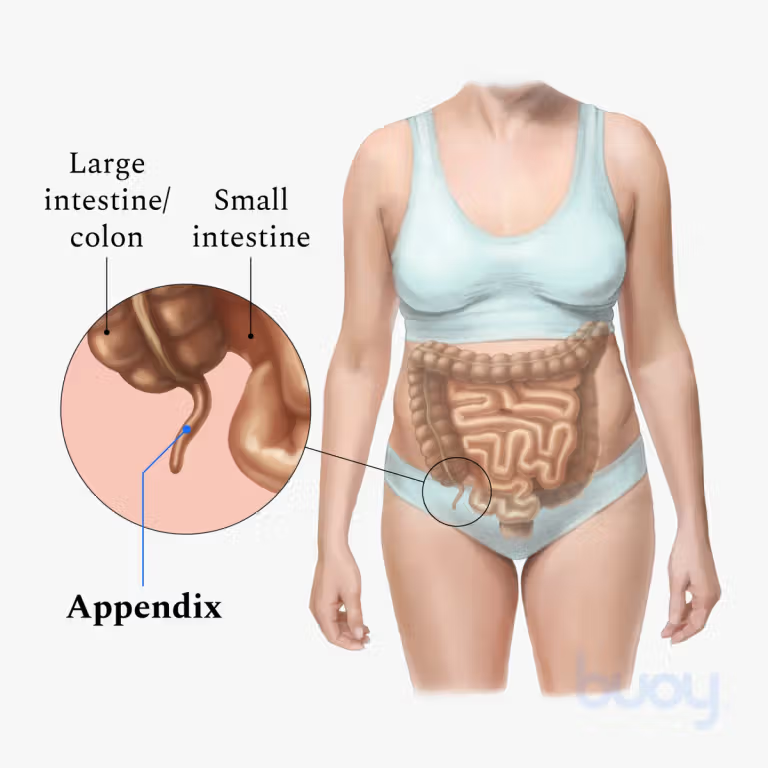


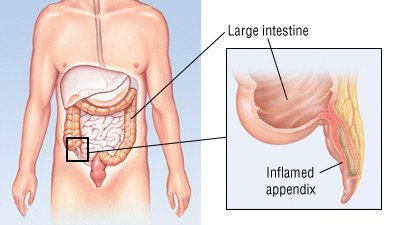

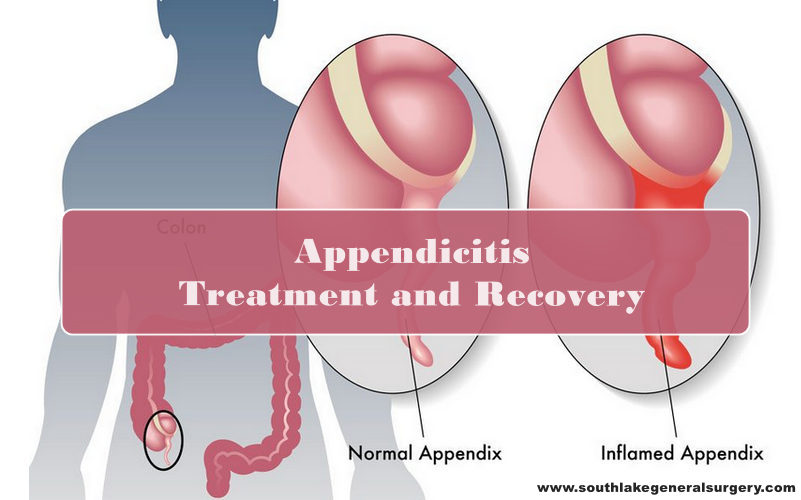

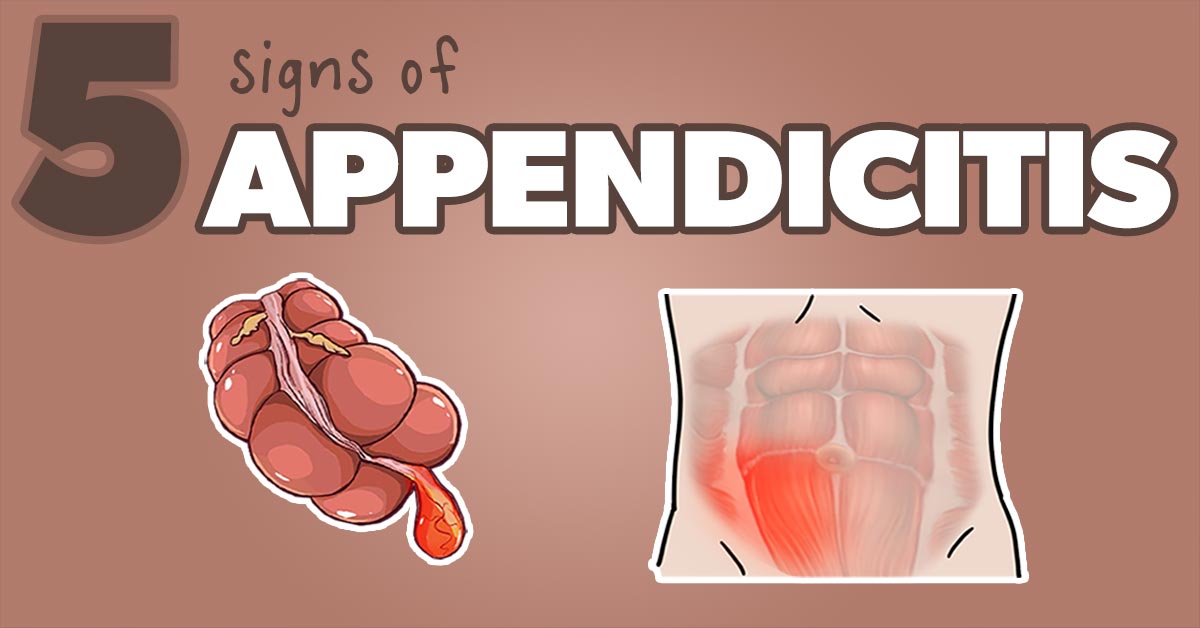
:max_bytes(150000):strip_icc()/appendicitis-1742772_final-cca503ad852a49ff8a67127675233178.jpg)


